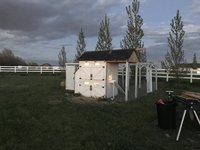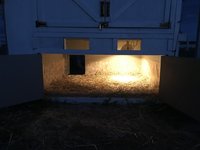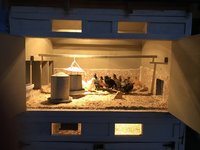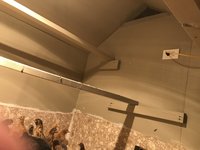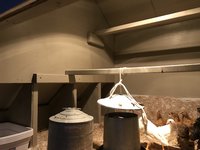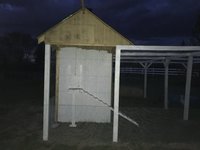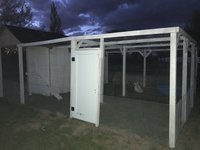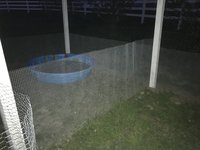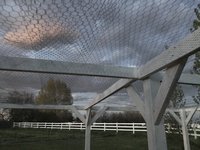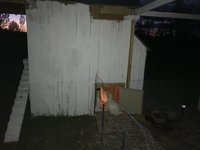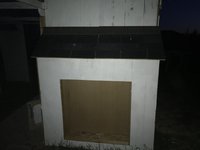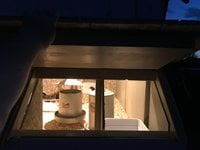- Thread starter
- #11
I'm in SE Idaho. It's a desert. Summers get above 100F, winters occasionally down to -40F, but -20F is more common (most winter days sit between 0-15F). It snows, but usually there isn't more than 8-10" on the ground at any time. It rarely rains.Welcome to BYC!
One very important consideration when talking about housing is.
What is your climate?
If it's rather mild and you can make the run predator and weather proof,
you may get some relief there.
ETA: Ah the frigid north......lots of snow too?
that makes everything more difficult, unless your prepare for ease,
especially during those nasty days long storms some of us get.
Given the super-cold temperatures, I was trying not to make too much unused space that the chickens have to heat (I have it wired for electricity, but I'd like to avoid using heat lamps, as I've read all that accomplishes is making the chickens fail to acclimate).




